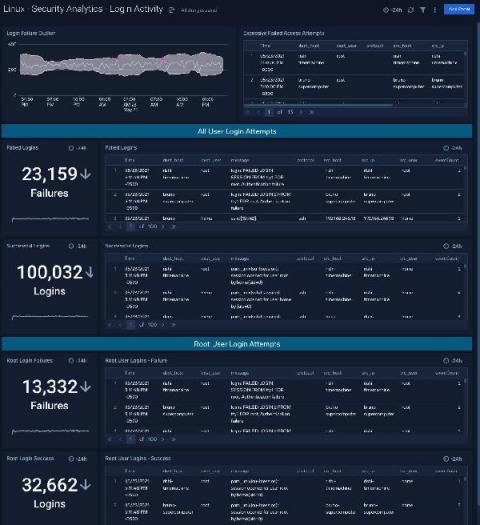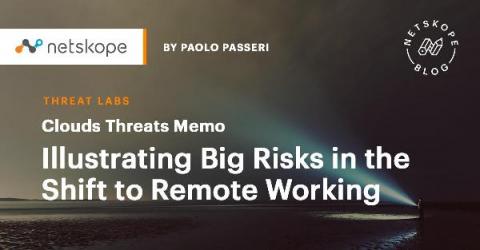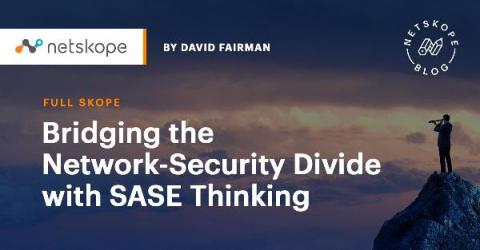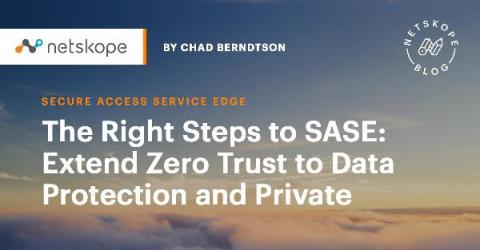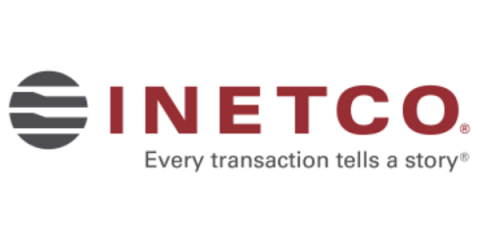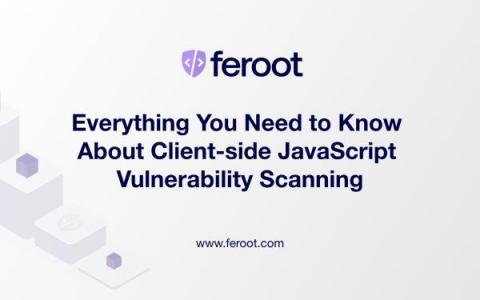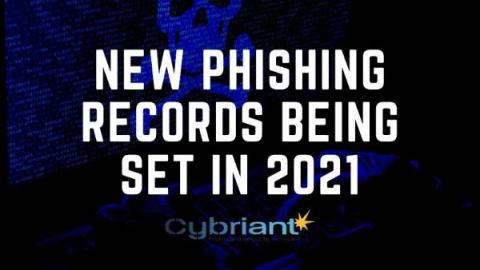Security | Threat Detection | Cyberattacks | DevSecOps | Compliance
Latest News
Cloud Threats Memo: Illustrating Big Risks in the Shift to Remote Working
The exploitation of traditional remote access technologies is reaching new records. That, in a nutshell, is the main finding of Nuspire’s Threat Landscape Report Q1 2021. The report, sourced from 90 billion traffic logs during Q1 2021, looks at a range of events such as malware activity, botnet activity, exploitation activity, and remote access. The remote access section probably best illustrates the risks posed by the sudden shift to remote working.
Bridging the Network-Security Divide with SASE Thinking
The many business benefits made possible by digital transformation are undoubtedly making waves across industries. Data is the raw material that drives smarter decision-making, and as such, drives value for organizations, but things quickly get challenging when you start to consider how all that data will be used—and who has access to it, when.
The Right Steps to SASE: Extend Zero Trust to Data Protection and Private Access
The following is an excerpt from Netskope’s recent book Designing a SASE Architecture for Dummies. This is the fifth in a series of seven posts detailing a set of incremental steps for implementing a well-functioning SASE architecture. Now that your organization is smarter about its traffic, able to see what’s going on, and able to enforce policies to secure its data, you can realize the promise of a remote-first workforce.
The Payments Canada SUMMIT: Making the Vision of Modernization a Reality
A couple of weeks ago The Payments Canada SUMMIT gathered more than 2,000 delegates from financial institutions in Canada and around the world for a virtual one-week conference. INETCO was a sponsor of Canada’s premier payments event. Our team participated in industry discussions, met peers, and learned more about future innovation opportunities in the financial ecosystem. 2021 was a record-breaking year for The Payments Canada SUMMIT.
Reduce open source risk in M&A with software due diligence
The vast majority of today’s applications are made up of open source components. The 2021 “Open Source Security and Risk Analysis” (OSSRA) report, conducted by the Synopsys Cybersecurity Research Center (CyRC), found that 75% of the 1,500+ codebases analyzed were composed of open source. Understanding what’s in your codebase is essential, and for M&A transactions it’s one of the key drivers for performing software due diligence.
What is an Advanced Persistent Threat in Cybersecurity?
Corporate cybersecurity professionals must be on constant alert to avoid the wide range of cyberattacks that can be thrown at them today: malware, ransomware, trojan horses, social engineering, and spear-phishing attacks, to name just a few. Among the most serious of attacks is the advanced persistent threat (APT). An APT is an attack that uses sophisticated methods to gain access to information systems and sensitive information.
Everything You Need to Know About Client-Side JavaScript Vulnerability Scanning
Welcome back to our five-part series on client-side security approaches. For those of you who are new to this series, there are five approaches to client-side security: In this blog I’m going to cover the use and limitations of vulnerability scanning for client-side security. Let’s start with the absolute basics. First, let’s take a deeper dive into a few key questions.
New Phishing Records Being Set in 2021
A new report has released the latest phishing records and the industries that are being targeted the most. Read on to learn more.


